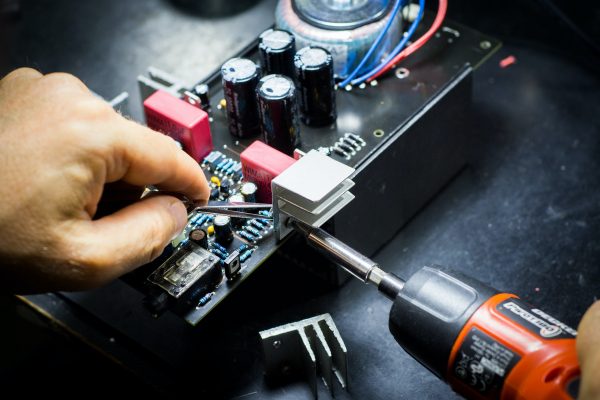Steps to Successful ERP Implemenation

Successful ERP Implemenation
It is possible to organize the implementation of a new ERP system for the entire manufacturing facility into reasonable steps. To ensure that this process is implemented successfully, numerous stages are necessary. First and foremost, it's crucial to put together a team to oversee the ERP deployment process. This team needs to comprise prominent figures from both the IT and business sides of the company. Before deploying the new ERP system, it is crucial to evaluate the present processes and pinpoint areas for improvement. Once the requirements have been determined, the appropriate software must be chosen and set up to satisfy those criteria. The staff should then receive thorough training on how to use the new system. In order to ensure that the system is optimal for the needs of the business, it is crucial to evaluate its performance after implementation and make adjustments as needed.
For the new ERP system to be successfully implemented throughout the whole manufacturing plant, a project team must be formed. To guarantee that the process is managed successfully and efficiently, members of the IT and business sides of the company should be represented on this team. The team should include a variety of stakeholders, from senior executives who will oversee the project to IT specialists who will be involved in the implementation's technical specifics. Members of the team should also be knowledgeable about the organization's current systems, processes, and procedures.
We will assess the present processes and pinpoint areas for improvement in order to make sure the new ERP system satisfies the organization's unique requirements. This will enable us to comprehend the current system and spot any potential process modifications that are required to fully utilize the new system. This analysis will also be used to find any gaps or overlaps in the current system and ensure that the new ERP system is tailored to the requirements of the organization.
Comparing several software choices and evaluating the features they each offer should be part of the selection process. Configuring the software is the next action after selecting a suitable option. Typically, this entails creating user accounts, granting the proper access rights and privileges, and setting up the necessary security mechanisms. Additionally, the configuration phase entails tailoring the software's functionality to the particular requirements of the company, such as automatic invoicing, inventory tracking, and so forth. Before being introduced to the entire organization, the software must be tested and validated to make sure it satisfies all of the requirements.
The next round of staff training will be to give an overview of the system and go over its functions. In this phase, instruction on how to utilize the system will be given, including both classroom and hands-on exercises. It is essential to offer regular assistance and mentoring to make sure that staff members can use the system effectively. The business must make sure that employees are aware of the tools at their disposal, such as user guides and online help files, to assist them with the system. Refresher training will be essential to the ongoing success of the upgrade because it will guarantee that staff members are knowledgeable about any changes and new features. To guarantee that the system is meeting the needs of the staff and the organization, the final stage will be to provide feedback and conduct a review.
An important step in the installation process is monitoring and improving the ERP system. It is crucial to assess the system's effectiveness and make any necessary adjustments. Regular monitoring will help pinpoint problem areas and guarantee the system is operating as effectively and efficiently as feasible. This procedure will assist in making sure the system is tailored to the requirements of the organization and that user expectations are being met. There should be a procedure in place to deal with any problems that develop and guarantee the system is operating properly. The firm will be able to make sure the ERP system is providing the outcomes it wants by routinely monitoring and improving it.
Contents
Tags
Next Article

How Manufacturing Companies are Failing to Transition to the Tech World
Despite the rapid advancement of technology, many manufacturing companies are still struggling to transition to the tech world. One major reason for this failure is the reluctance to invest in new technologies, as the adoption of new equipment and processes can be expensive and time-consuming. Additionally, many manufacturing companies have become comfortable with traditional methods and are hesitant to change their established systems.